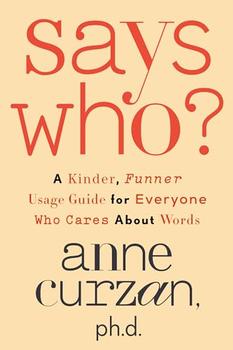Summary | Excerpt | Reviews | Beyond the book | Read-Alikes | Genres & Themes | Author Bio

 Book Reviewed by:
Book Reviewed by:
Erin Lyndal Martin
Buy This Book
For people of my generation, there are few things that evoke as much nostalgia as cassette tapes. I remember them in a tactile way: the smooth sides and bottom ridges, the tiny spikes in the holes at the top, the forced interaction of flipping a tape, and the satisfaction of snapping a case closed. (In an earlier draft of this review, I wrote 2,000 words on my nostalgia over cassettes.) If my description of handling tapes stirred something in you, you'll probably love High Bias by Marc Masters.
Masters' work is thorough: from the creation of the cassette tape to Grateful Dead bootlegging to indie record labels, he covers just about every aspect, complete with quotes from a wide range of musicians. The book is thoroughly researched, and it's obvious that the author enjoyed every minute of it. I was impressed by how much was new to me. And the details that I knew became more magical ...

BookBrowse's reviews and "beyond the book" articles are part of the many benefits of membership and, thus, are generally only available to subscribers, including individual members and patrons of libraries that subscribe.
Join Today
If you liked High Bias, try these:

by Sasha taqʷšəblu LaPointe
Published 2023
An Indigenous artist blends the aesthetics of punk rock with the traditional spiritual practices of the women in her lineage in this bold, contemporary journey to reclaim her heritage and unleash her power and voice while searching for a permanent home.

by Caseen Gaines
Published 2023
The triumphant story of how an all-Black Broadway cast and crew changed musical theatre—and the world—forever.




What really knocks me out is a book that, when you're all done reading, you wish the author that wrote it was a ...
Click Here to find out who said this, as well as discovering other famous literary quotes!
Your guide toexceptional books
BookBrowse seeks out and recommends the best in contemporary fiction and nonfiction—books that not only engage and entertain but also deepen our understanding of ourselves and the world around us.